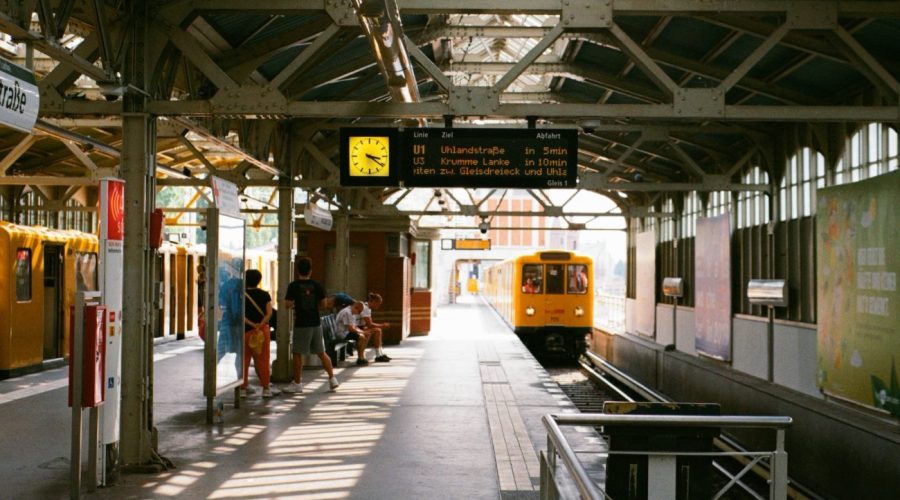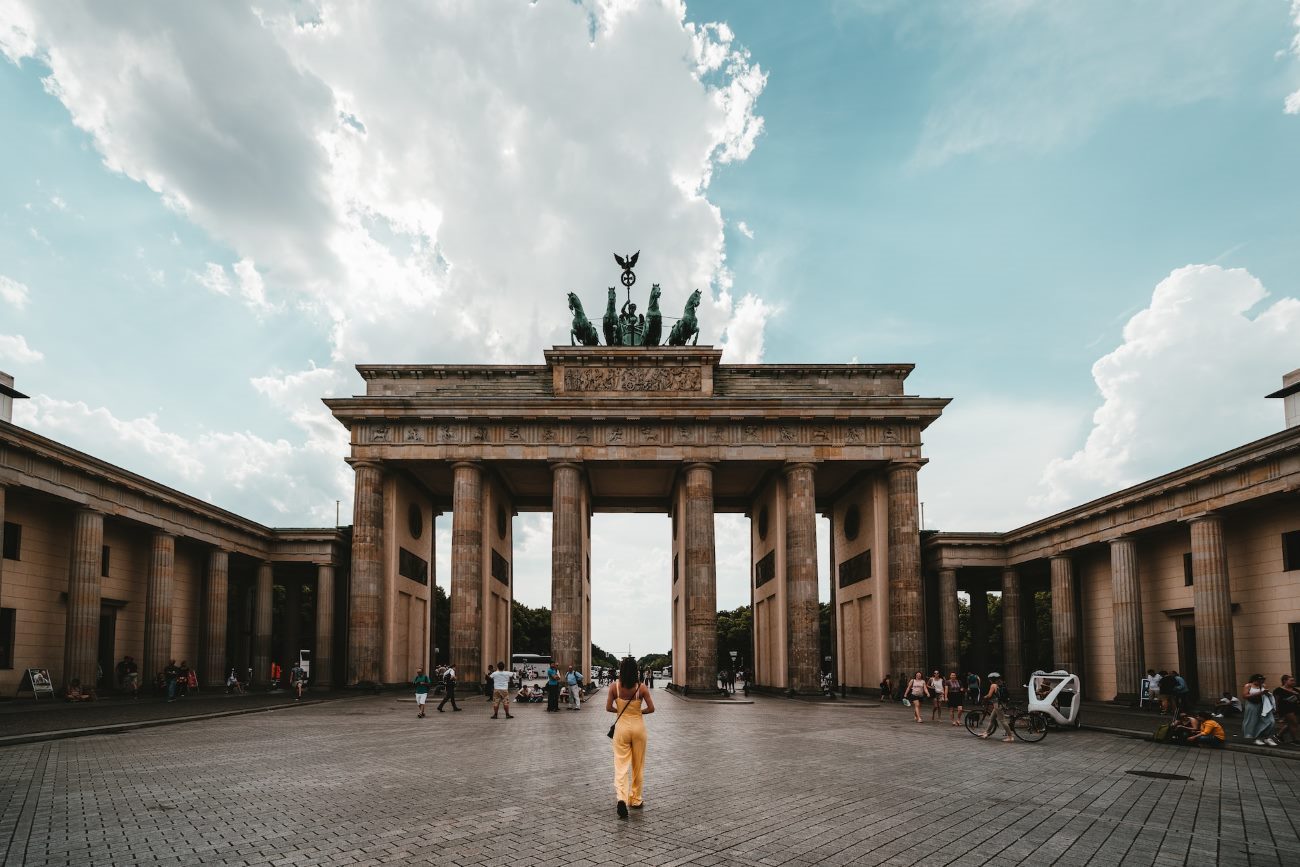Exploring London: The Stories Behind its Place Names
Introduction
You have entered the captivating domain of London place names. The streets of England’s capital city draw your attention because you want to understand the historical backstories for each neighborhood and landmark name. The following blog examines the historical development of some renowned London locations.
1. The City of London
In London’s history the City of London exists as The City which serves as the original heart of this great city. Many different streets within this area present visitors with a fascinating view of the city’s historic past. This entry examines significant instances of names among notable London locations.
a) Tower of London
The Tower of London exists as a UNESCO World Heritage Site located on the River Thames since the year 1100. The central building known as the White Tower serves as the basis for the name of this location which William the Conqueror constructed. It fulfilled three primary functions as a royal palace and a prison and a treasury during several centuries.
b) Covent Garden
The traditional market and noble buildings at Covent Garden adopted their name from a former monastic garden located at that site. The garden operated as a source of fresh foods which were distributed to Westminster Abbey.
2. Royal London
Kinghood associations run throughout various locations across London. This section features two specific instances to explain the concept.
a) Westminster
The scenic Houses of Parliament and Westminster Abbey together form Westminster which gained its name from the abbey in the area. Western location and West of the City of London form the origins behind the place name.
b) Buckingham Palace
Buckingham Palace functions as the official residence for the British monarch since it grew out of Buckingham House. The Duke of Buckingham constructed this house during early 18th century as a townhouse before it became property of the royal family.
3. Thames and Bridges
London’s growth has received major influence from the flowing Thames River which sits at the center of the city. A number of bridges across the river have evolved into famous local attractions.
a) London Bridge
The Thames crossing London Bridge holds great historical value and fame as it represents one of the oldest such river crossings on the river. London Bridge as a name follows various historical versions of bridge construction even though the present structure does not resemble the popular nursery rhyme.
b) Tower Bridge
The London Bridge name commonly encompasses Tower Bridge which presents itself to the world with its recognizable pair of towers. The construction of this bridge happened in the late 19th century after which it transformed into an emblematic city structure.
4. Cultural and Historical Districts
London stands out because it contains varied cultural riches within its historic neighborhoods.
a) Soho
Soho maintains its fame through its active nightlife and entertainment activities making up a distinct historical background. Different histories exist about where Soho came from with some arguing its roots lie in an ancient local hunting call or pointing to Jewish “shabbat” or French “soit.” Any visitor to London must make Soho a top destination.
b) Greenwich
Greenwich exists on the Thames riverfront where people know it both for its maritime background and GMT time origin. The Old English phrase “gren” (meaning green) and “wic” (referring to settlement) forms the origin of the name Greenwich which originally described its rural roots.
Conclusion
The town names in London expose a fascinating combination of historical and cultural backgrounds of the region. Time travel occurs when you walk through London streets since each place name reveals its historical narrative. Every segment of London tells its history beginning at the Tower of London which moves through Buckingham Palace ending at Soho and Greenwich.
While walking the London streets take time to observe how historical significance resides within each place name. The city offers yet another discovery opportunity for its visitors.
Table of Contents



